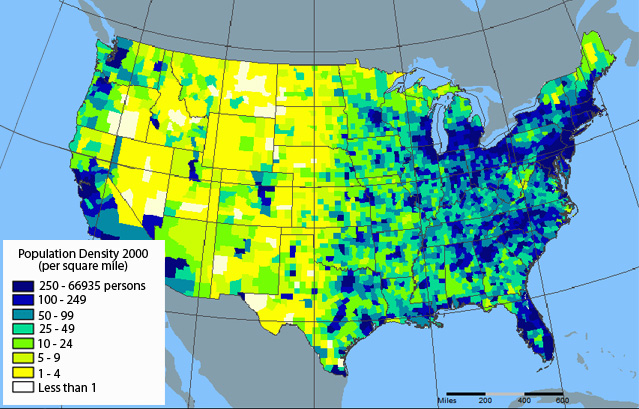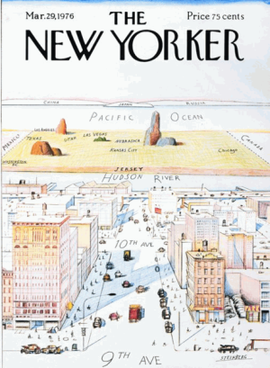It's not all down to an increase in population. Some of it has to do with the fact that it's more "in vogue" now to claim some "ethnic" ancestry.
I've never looked for statistics for many of those places. I can tell you what I know from having been there, but it's only anecdotal. Also, it's based on what it's like now...what cut off did you have in mind? "Natives" of the state since 1940? 1950? In some cases, in states like California or Florida, that's going to be a very small part of the population.
I know Florida very well. You have to go almost county by county. It used to be all "old colonial stock". The Panhandle is still mainly "old American"...places like Pensacola...Jacksonville too, in the northeast, although that's changing. Florida became a retirement destination, especially the coasts, with lots of northerners. Often, their children eventually followed. Living is much more affordable there. It's part of a whole phenomenon where people from the "frost belt" and the "rust belt" so called have moved south. It used to be midwest people, often of German extraction, went to the west coast, and north easterners, including Jewish and Italian Americans, went to the east coast and Miami. Now the west coast is changing too since they started providing more direct flights from New York to those areas. Still, some east coast counties are still heavily Jewish, or at least northeastern. The latest phenomenon over the last twenty or so years is the movement of large numbers of Hispanics, including Puerto Ricans from New York, to the Orlando area to work at Disney World and all of the other tourist venues. So, Florida is often "purple" now politically instead of reliably "red".
North Carolina:
lots of colonial ancestry,
lots of African Americans, but increasingly businesses have moved there, and it's also becoming a mecca for retirement for people from the northern part of the country, so it's also becoming a mishmash. I know two families who moved there from New York. That's why it's increasingly "purple" in terms of politics instead of reliably "red" as well.
Vermont used to be old colonial, with some newer people at the western or southern border. It's also got French Canadians who have moved down. Then, increasingly, lots of "hippy dippy" types from everywhere have shown up...you know, the Birkenstock, hand loom in the corner type.

Connecticut: some "old stock" people, well mixed with newcomers, African Americans, lots of Italians, lots of Irish, a good sized Polish population. My first cousin's in laws are descended from Polish families who farmed there. If you're interested in Polish immigration to the U.S. you might also want to look into their presence in Long Island. Lot of farms in Suffolk, on the east end, are still run by Polish Americans.
Phoenix has got to be half Hispanic (Mexican American). Colonial stock too, but it's also a retirement mecca and some business moved there, so it's going to be a mix. Mesa? I don't know. Is there something particularly interesting about Mesa?
South Dakota? A lot of old stock, lots of Germans but this is a very mobile country. One of my cousins did his residency there. It depends what kind of cut off you do.
Ohio has everybody because of all the factories.
Virginia is going to have lots of colonial types, lots of blacks, but it's also been the bedroom community of Washington DC for a long time, so you're going to have people from everywhere in the country, of all kinds of backgrounds. Then there's the fact that it's got huge military bases, with service people from every part of the country and every background, and some of these people stayed around after their period of service. Again, what's the date which will be the cut off?
I saved New York for last.

The flip answer is that if you're of non minority descent you're either Jewish, Italian or Irish in ancestry. Maybe throw in some German as well. Then shake well.

You should be able to find statistics for this last one.
It's been fun and informative, Tomenable, but now life calls. A domani, perhaps









